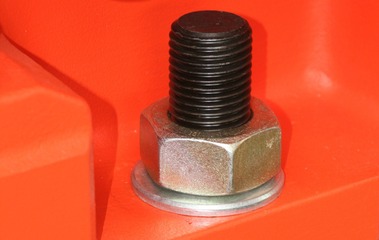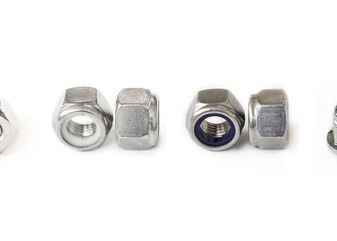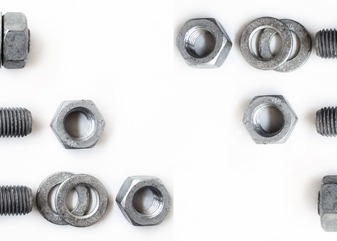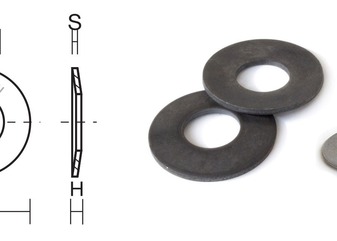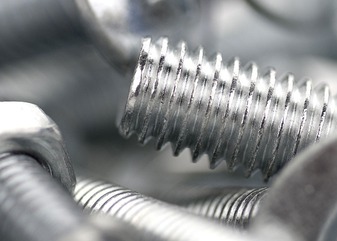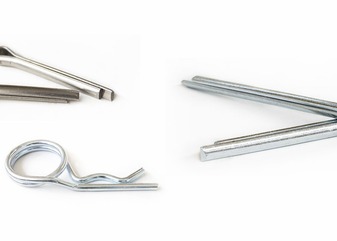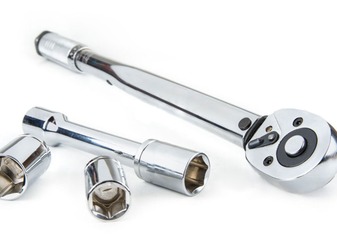Despite the advent of new treatments and protection methodologies, the most used method with the longest duration over time is hot-dip galvanizing. This particular treatment is most recommended for the protection of structural steel, as the treated parts require a low level of maintenance compared to fasteners made from other materials or treatments.
Before sending the material for galvanizing, it is good to check that there are no defects or irregularities on the surface, color stains, oil, grease, paint, or any welding imperfections.
Upon receipt of the treated goods, it is crucial to verify that the galvanization is suitable and does not present defects. In this short article, we will list the main visual defects of non-compliant hot-dip galvanizing:
 Added to quote
Added to quote
